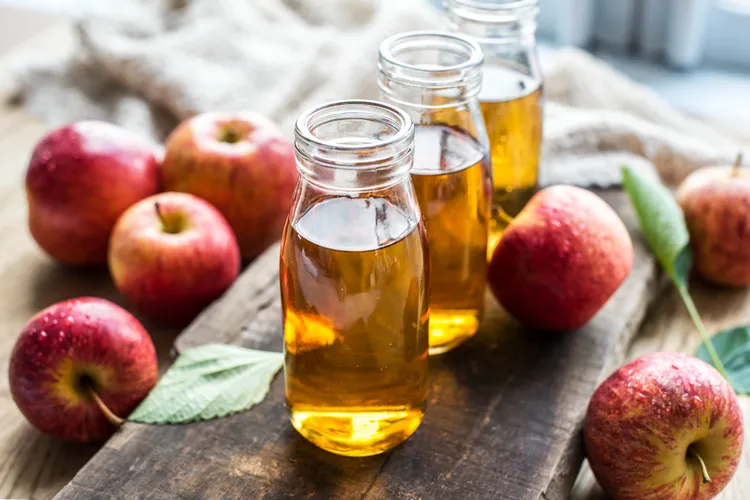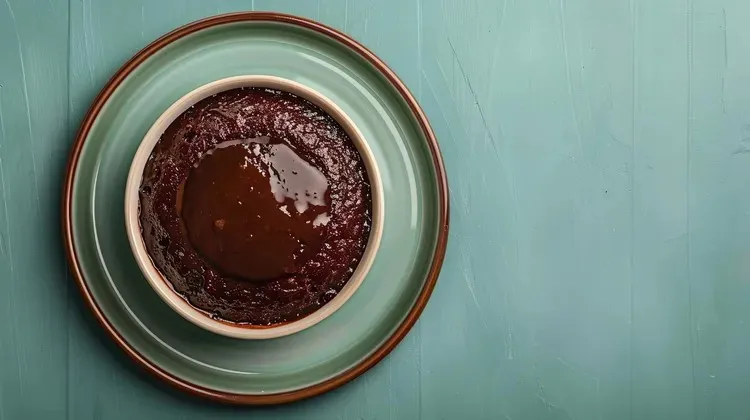The Hidden Dangers of Microplastics in Your Kitchen—and 12 Easy Ways to Cut Them Out
The modern kitchen is a hub for creativity, nourishment, and family time—but it’s also, unknowingly, one of the biggest sources of microplastic exposure in your home. From food packaging to utensils, microplastics are sneaking into our meals, air, and water at an alarming rate.

What Are Microplastics, Really?
Microplastics are tiny plastic particles less than 5mm in size. They come from:
The breakdown of larger plastic items (bottles, bags, containers)
Synthetic materials in clothing and sponges
Food packaging and cooking tools
Tap water and airborne dust
These particles are so small, they’re impossible to completely avoid—but reducing exposure is possible and worth the effort.
How Microplastics Sneak into Your Kitchen
Even if you avoid plastic bags and don’t use plastic wrap, microplastics can still be hiding in your kitchen through:
Plastic food containers (especially when microwaved)
Bottled water and soft drinks
Plastic dish sponges and scrubbers
Food packaging (meat trays, plastic produce wrap, etc.)
Non-stick cookware with degraded coating
Dishwasher-safe plastics that break down over time
Ice cube trays and plastic cutting boards
Plastic dust in the air, stirred up from packaging and home materials
Recent studies have found microplastics in:
Human blood
Placenta
Breast milk
Tap and bottled water
Common sea salt and honey
What Are the Risks of Microplastics?
Research is still evolving, but early findings suggest that microplastics can:
Accumulate in organs
Cause inflammation
Disrupt hormones (endocrine disruptors)
Carry toxic chemicals like BPA and phthalates
Interfere with gut health and immunity
Even though the long-term health effects are not fully understood, the growing evidence is enough to act now—especially in places like your kitchen.
12 Smart Ways to Reduce Microplastic Exposure in the Kitchen
1. Ditch Plastic Food Containers
Old, scratched plastic containers can leach microplastics, especially when heated.
✅ Use instead:
Glass containers with bamboo or silicone lids
Stainless steel lunchboxes or tiffins
Silicone bags instead of Ziplocs
2. Avoid Microwaving in Plastic
Heating plastic accelerates breakdown and releases chemicals like BPA.
✅ Use:
Glass bowls and plates for reheating
Ceramic or stainless-steel containers
A microwave-safe cover instead of cling wrap
3. Switch Out Plastic Cutting Boards
Plastic boards wear down over time—and each slice releases microplastic particles that can end up in your food.
✅ Upgrade to:
Bamboo or wood cutting boards
Mineral oil treatments to protect wooden boards
4. Minimize Single-Use Plastics
Every time you unwrap packaged foods, you’re increasing microplastic exposure.
✅ Do this instead:
Shop bulk bins using reusable produce bags
Choose cardboard or glass-packaged products
Store food in beeswax wraps, cloth, or glass jars
5. Replace Plastic Sponges and Scrubbers
Nylon and polyester sponges shed microfibers with every use.
✅ Better alternatives:
Natural loofahs
Coconut fiber scrubbers
Silicone scrub pads (more durable, less shedding)
6. Filter Your Tap Water
Tap water can contain microplastics from treatment plants or old plumbing.
✅ Choose a filter that removes particles under 1 micron:
Reverse osmosis systems
Carbon block filters
Pitcher filters designed for microplastics (check certifications)
7. Upgrade Ice Cube Trays
Cheap plastic ice trays flake and break over time, especially in the freezer.
✅ Use:
Silicone trays (BPA-free)
Stainless steel trays
8. Rethink Non-Stick Cookware
Scratched or aging Teflon and similar coatings can release plastic particles.
✅ Safer options:
Cast iron (naturally non-stick when seasoned)
Stainless steel
Ceramic-coated pans
9. Stop Buying Bottled Water
Studies show bottled water contains more microplastics than tap water, often from the bottle itself or during the bottling process.
✅ Use:
Refillable stainless steel or glass water bottles
A good home filtration system
10. Control Kitchen Dust
Dust is a surprising source of airborne microplastics—especially in homes with synthetic materials.
✅ How to minimize:
Wet mop floors instead of sweeping
Use a vacuum with a HEPA filter
Dust counters and shelves with a damp cloth
Ventilate while cooking
11. Be Wary of Packaged Pantry Staples
Salt, sugar, rice, and flour in plastic bags may carry traces of microplastic, especially sea salt.
✅ Shop smarter:
Buy in bulk and store in glass jars
Look for products sold in paper or compostable packaging
12. Check for “BPA-Free” AND Phthalate-Free Labels
Even BPA-free products may contain other hormone-disrupting plastics.
✅ Go a step further:
Look for phthalate-free or “non-toxic” certifications
Use third-party tools like EWG (Environmental Working Group) for safe product reviews
You Can’t Avoid Microplastics—But You Can Lower Your Risk
We live in a plastic-saturated world. It’s unrealistic to eliminate microplastics 100%, but your kitchen is one of the most powerful places to start making real change. Each small switch—from your food storage habits to your cookware choices—adds up to less exposure, healthier meals, and a cleaner home.
And here’s the bonus: a plastic-free kitchen is often simpler, more beautiful, and more sustainable.
Live Cleaner. Cook Smarter. Protect Your Health.
You don’t need to do it all at once—just start with one habit this week. Your body and the planet will thank you.









